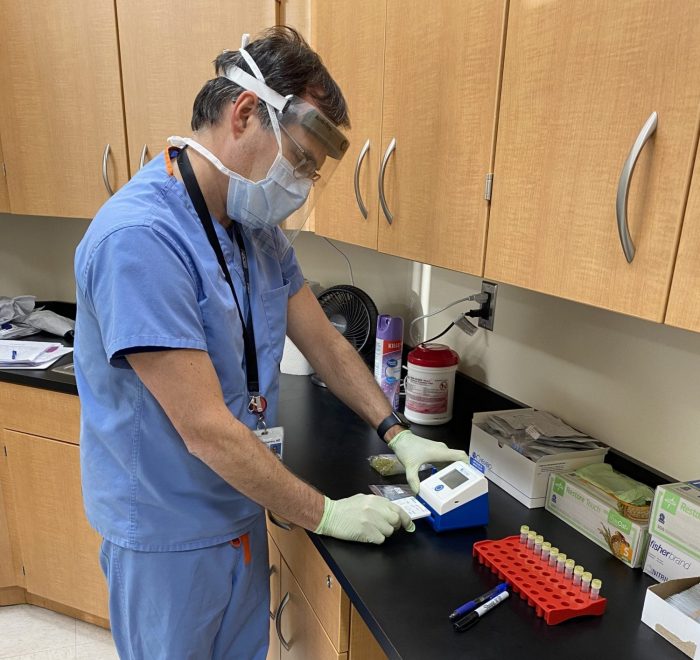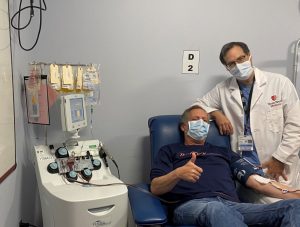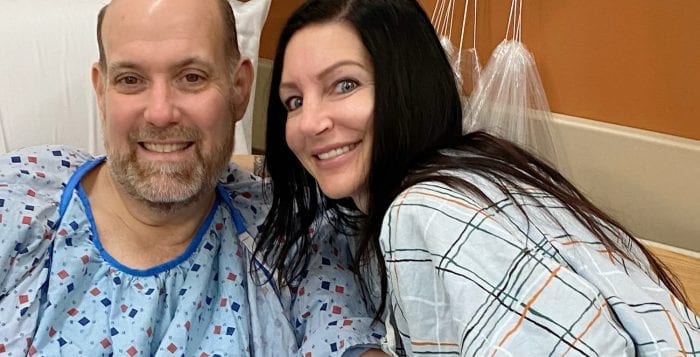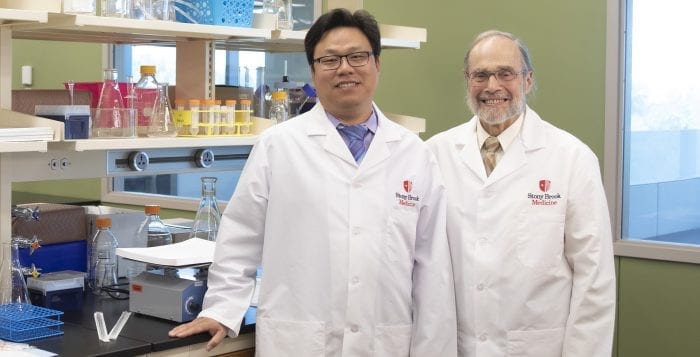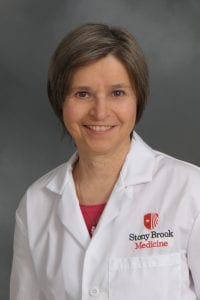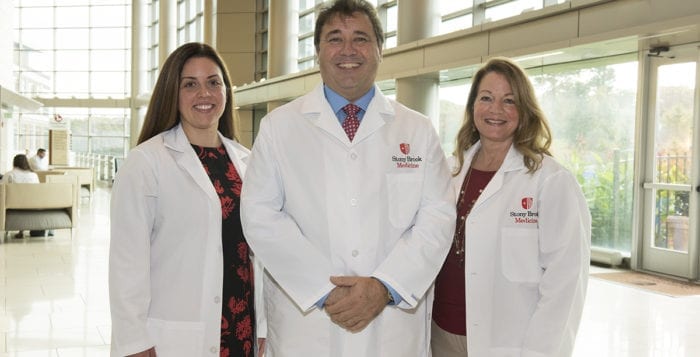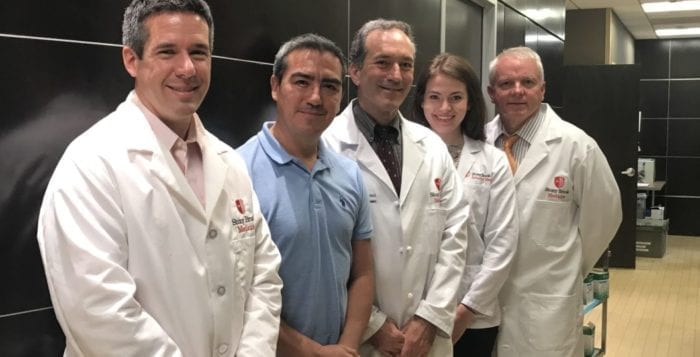Dr. Kenneth Kaushansky, the dean of the Stony Brook Renaissance School of Medicine at Stony Brook University, is eager to restart the educational mission of training medical school students.
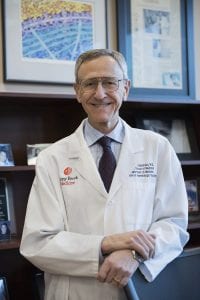
While Gov. Andrew Cuomo (D) has said that medical schools can restart on June 22, Kaushansky has asked for a waiver to allow students to continue to build on their clinical knowledge sooner.
“I was worried about the delay in doing the experiential learning,” Kaushansky said. A delay that lasts too long could push graduation back for the rising fourth year students, which is “not good for any health care professional. We need health care professionals, including respiratory therapists, physical therapists, nurses and social workers” among others.
On top of the need to ensure on-time graduation for the Class of 2021, he said another wave of the COVID-19 crisis will increase the demand for graduates.
The medical school dean said Stony Brook University Hospital is watching carefully the protests over the death of Minneapolis resident George Floyd at the hands of a police officer charged with his murder. The hospital and staff are ready in the event of a spike in demand for health care after large gatherings on Long Island and in New York City.
“We are ready to mobilize on a moment’s notice because we did it the first” time, albeit with numerous questions about the course and potential treatment for the new virus, Kaushansky said.
On Saturday, he sent out a letter to the health sciences community addressing what he termed “health care racism.”
“We witnessed the sum of all these effects in the disproportionate lethal burden of COVID-19 on communities of color, a combination of overcrowding at home, of jobs that do not allow the protection afforded by work from home, or from the disproportionate burden of health care conditions that arise, in part, from health care disparities,” he wrote in the letter. He urged the Stony Brook community to “do everything in our power to work toward erasing the social determinants of disease that contribute to our unequal society.”
He urged learners and critical staff to develop and practice cultural sensitivities, and he also suggested that the school should make “certain our graduates reflect the diverse society in which we live.”
In its admission decisions, SBU includes the notion of overcoming hardship as a part of the process through which the school evaluates prospective students.
In the coming years, Kaushansky plans to emphasize further the importance of encouraging those who have faced significant hurdles in applying to the medical school.
In terms of treating patients who have COVID-19, he is encouraged by the use of remdesivir and convalescent plasma. The school has these treatments available for people who are sick and is studying the effectiveness of these approaches.
More than 1,500 patients have been admitted through the university hospital, Southampton and Eastern Long Island hospitals and have benefited from the clinical study of symptoms including clots.
Surgeons had noticed that D-dimer levels, which are proteins that indicate the presence of clots, were shooting up. They decided when this protein reached a certain level, they would use a full dose of anticoagulants.
Stony Brook has put the results of these aggressive anticoagulant treatments into an article that has been submitted for publication.
In the meantime, the university has taken an across-the-board approach to raising anticoagulants.
“That will improve the mortality rate should we get a second wave,” Kaushansky predicted.
In the event of a second wave, Stony Brook Hospital and, indeed, New York will be better prepared, with more tests, greater awareness and contact tracing.
Kaushansky believes that the people who have already fought off the virus are presumably immune from getting it a second time. What’s unclear, he explained, is whether the antibody test is predictive of resistance. Additionally, it’s unclear how long that resistance will last.
He expects that monoclonal antibodies can work, but that they should be reserved for the sickest patients. They are expensive and are hard to produce the level necessary for the U.S. population of more than 300 million people.
What worries the Stony Brook dean is that people have had enough of staying at home, social distancing and wearing masks. In the worst of the crisis, when the numbers of people sick and dying were climbing, Kaushansky could get to work in much less time than normal, as traffic on the roads had lightened up considerably.
Days before the Phase 2 reopening, which began on Wednesday of this week, the level of traffic has returned to a more normal density.
Meanwhile, Phase 2 for Stony Brook University involves reopening research laboratories and allowing people who were previously deemed nonessential workers to return to the labs in an “orderly and safe fashion,” Kaushansky said.
The university has installed plexiglass shields, requires social distancing, built partitions between people who don’t have their own offices, and requires everyone to wear masks and have their temperatures taken when they come to work.
The hospital opened up for elective surgery two weeks ago. Everyone who is scheduled for surgery has to get a viral swab the day before.
The approach the university has taken in requiring personal protective equipment and social distancing has paid off for hospital staff who have been exposed to all those sick patients. The rate of antibody tests of employees is much lower than in the general community.
“It’s safer to be a frontline health worker at Stony Brook than to work at some grocery stories,” Kaushansky said.
On the clinical side, he believes Stony Brook Hospital needs more highly skilled nurses. At the peak, the university hospital had 437 patients. If it had reached 500, “we would have been in trouble,” he added.
Upstate New York had sent 20 experienced nurses to help out.
“Nursing is important and high-level nursing, operating-room nursing, was particularly stressed,” Kaushansky said. “We need to hire more nurses.”
He added that the school trains excellent nurses and plans to hire some of its own graduates.
In terms of medical school classes, the dean said the university hasn’t decided yet whether to bring small groups back together. The big lecture halls will still involve remote teaching.
“Are the smaller group educational exercises going to be back safely?” he asked. “I’m working to make that happen.”
Kaushansky takes solace in the way PPE reduced the infection rate for the hospital as a whole, and believes such an approach could work for medical school classes as well.


